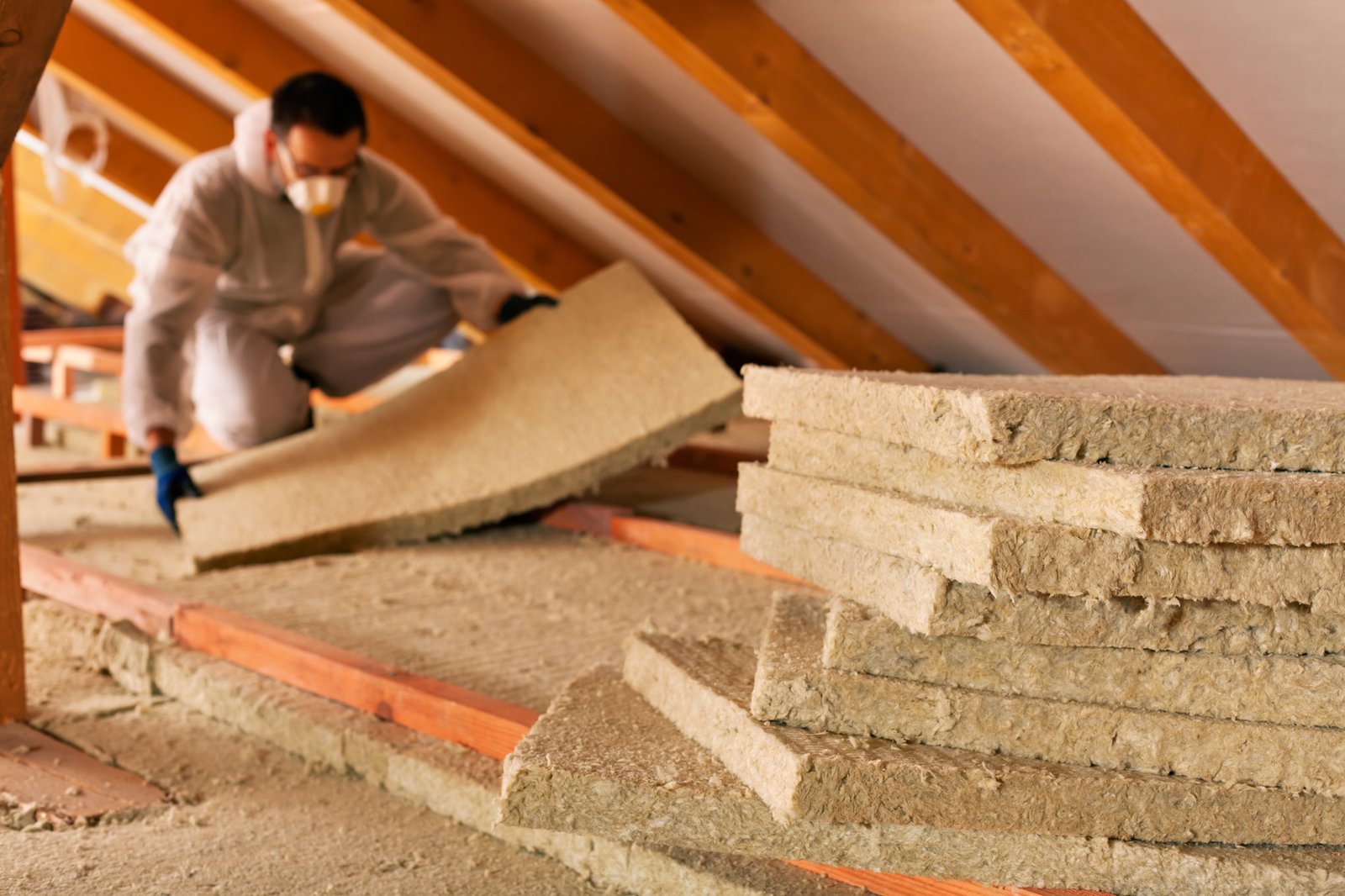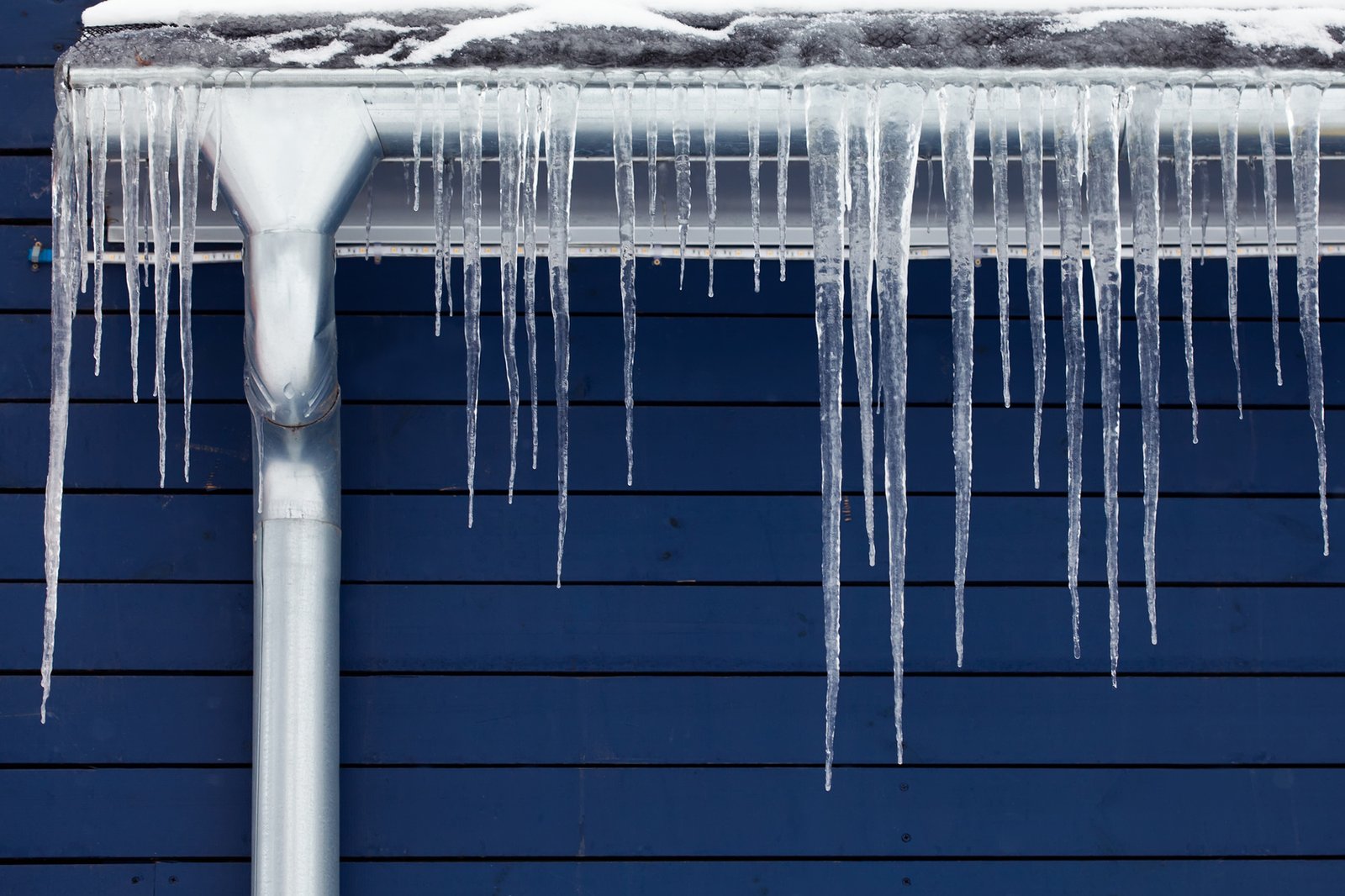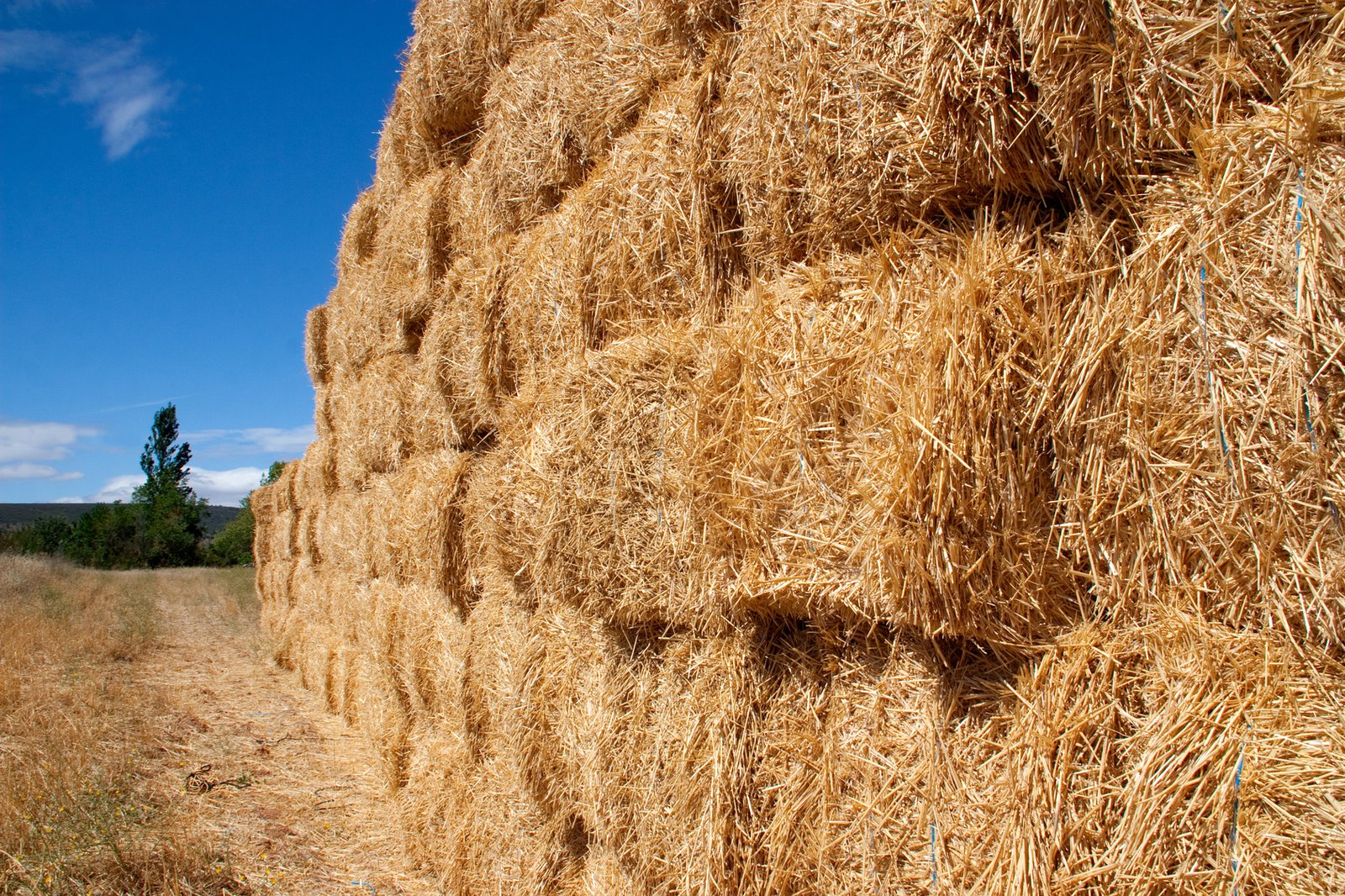Keeping your home warm. How does insulation work?

Your home can loose heat in many different ways, one of them is by conduction through the walls, roof, ground floor and windows/doors. Conduction is when heat moves within an object or material from the hot surfaces to the cold surfaces.
In winter, as an example, the interior surfaces of the walls will be naturally warmer because there are occupants, lighting, equipment and heating system releasing heat into the space, while the exterior surface will be colder. This means that heat will naturally travel within the structure of the walls from the interior to the exterior and your house will tend to constantly lose heat.
Depending on the materials that the building fabric of your home is made of, conduction will happen with more or less intensity. Some materials such as metals are good conductors of heat while non-metals and gases are poor conductors; the latter are called insulating materials. Insulating materials do not allow heat to pass easily through them, conserving more warmth inside your home. This consequently reduces the space heat demand and heating bills!
 Different types of insulating materials are available on the market, these can be mineral-based (glass mineral fibre, rock, slag etc), petrochemical derived (expanded polystyrene (EPS), polyurethane (PUR), phenolic foam etc) and organic based (sheep’s wool, cork, wood wool, hemp, coconut, straw, cellulose etc). Each of these materials has its own characteristics, which should be taken into consideration when deciding on the most appropriate material to insulate your home.
Different types of insulating materials are available on the market, these can be mineral-based (glass mineral fibre, rock, slag etc), petrochemical derived (expanded polystyrene (EPS), polyurethane (PUR), phenolic foam etc) and organic based (sheep’s wool, cork, wood wool, hemp, coconut, straw, cellulose etc). Each of these materials has its own characteristics, which should be taken into consideration when deciding on the most appropriate material to insulate your home.
Your home can also lose heat via conduction through the windows, and the quality of all its components such as the frame, glazing and seals contribute to the overall performance. Double and triple glazed windows will usually provide a better performance than a single glazed window as the extra glass and air layers provide additional barriers to the transfer of heat. Differently from opaque surfaces in your home, windows will also allow heat from the sun to enter the spaces and this will offset some of the heat that is lost.
But how can you identify which areas of your home need to have an upgrade on the insulation?
There are advanced tools that create thermal images of your home to show where heat is escaping, these images are called thermograms and an example can be seen below. The areas in red show where most of the heat is lost and areas in blue show where the house is well insulated. In this example you can see that most of the heat is lost through the windows and roof. This is a very nice way to identify in detail where an upgrade is needed. If you want to do a thermogram of your home you can hire a qualified building surveyor, who uses infrared video and still cameras to perform this kind of analysis.
There are also simpler ways to provide some improvement to the insulation of your home that do not require major refurbishment work and cost less. You can use thicker curtains during winter that will prevent heat from escaping through the windows; these can be replaced by lighter curtains in summer. You can also install carpets, which will prevent heat from escaping through the floors.
Here is a summary list of some measures you can take to improve the performance of your home:
- Insulate your roof
- Replace single glazed windows with double glazed windows
- Fit thick curtains
- Fit carpets
- Insulate external walls
- Upgrade ground floor insulation
We have prepared a table with expected costs, savings and grants available for some of these measures. Values will depend on how much insulation is already present, on the type of fuel used to heat the property, and on the size and location of your home.
 Have a look at the options available, see which fits within your budget and start taking action to improve your comfort and save on your bills!
Have a look at the options available, see which fits within your budget and start taking action to improve your comfort and save on your bills!
But remember… Not too much, not too little. It is important to have the appropriate amount of insulation so your home does not overheat during the summer months!









